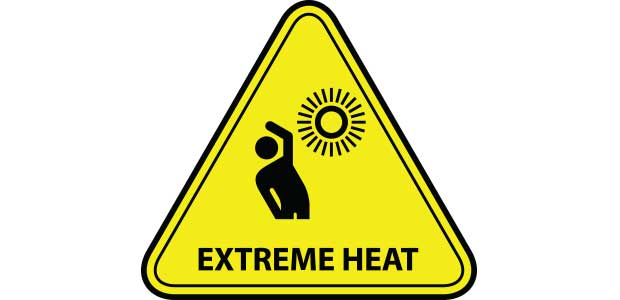
U.S. Department of Labor Creates Rulemaking Protecting Workers from Heat Hazards
The rulemaking targets the risks of both indoor and outdoor heat hazards.
- By Shereen Hashem
- Oct 27, 2021
The U.S. faced record-breaking heat in 2021 which endangered millions of workers exposing them to heat illness and injury in different work environments. Workers in both outdoor and indoor work settings without adequate climate-controlled environments are at risk of hazardous heat exposure.
OSHA and the Biden-Harris administration interagency effort and its commitment to workplace safety, climate resilience and environmental justice are publishing an Advance Notice of Proposed Rulemaking for Heat Injury and Illness Prevention in Outdoor and Indoor Work Settings on October 27, 2021. Currently, OSHA does not have a specific standard for hazardous heat conditions and this action begins the process to consider a heat-specific workplace rule, according to a press release.
“As we continue to see temperatures rise and records broken, our changing climate affects millions of America’s workers who are exposed to tough and potentially dangerous heat,” said U.S. Department of Labor Secretary Marty Walsh. “We know a disproportionate number of people of color perform this critical work and they, like all workers, deserve protections. We must act now to address the impacts of extreme heat and to prevent workers from suffering the agony of heat illness or death.”
The Advance Notice of Proposed Rulemaking will initiate a comment period to gather diverse perspectives and expertise on topics, such as heat-stress thresholds, heat-acclimatization planning and exposure monitoring.
“While heat illness is largely preventable and commonly underreported, thousands of workers are sickened each year by workplace heat exposure, and in some cases, heat exposure can be fatal,” said Acting Assistant Secretary of Labor for Occupational Safety and Health Jim Frederick. “The Advance Notice of Proposed Rulemaking for Heat Injury and Illness Prevention in Outdoor and Indoor Work Settings is an important part of our multi-pronged initiative to protect indoor and outdoor workers from hazardous heat.”
Heat is the leading cause of death among all weather-related workplace hazards. To help address this threat, OSHA implemented a nationwide enforcement initiative on heat-related hazards. A National Emphasis Program on heat inspections and forming a National Advisory Committee on Occupational Safety and Health Heat Injury and Illness Prevention Work Group will provide a better understanding of challenges to identify and share the best practices to protect workers.
About the Author
Shereen Hashem is the Associate Content Editor for Occupational Health & Safety magazine.